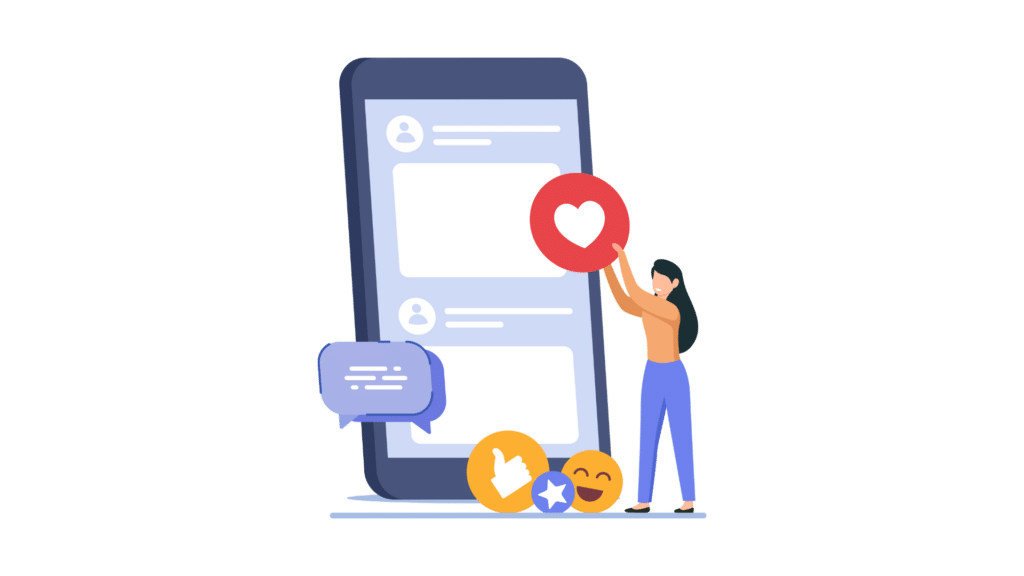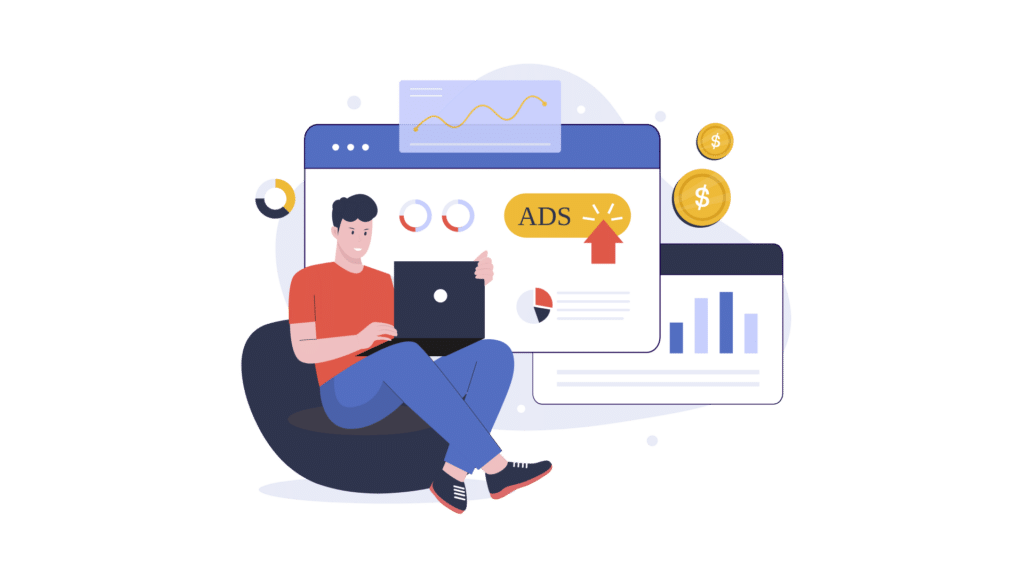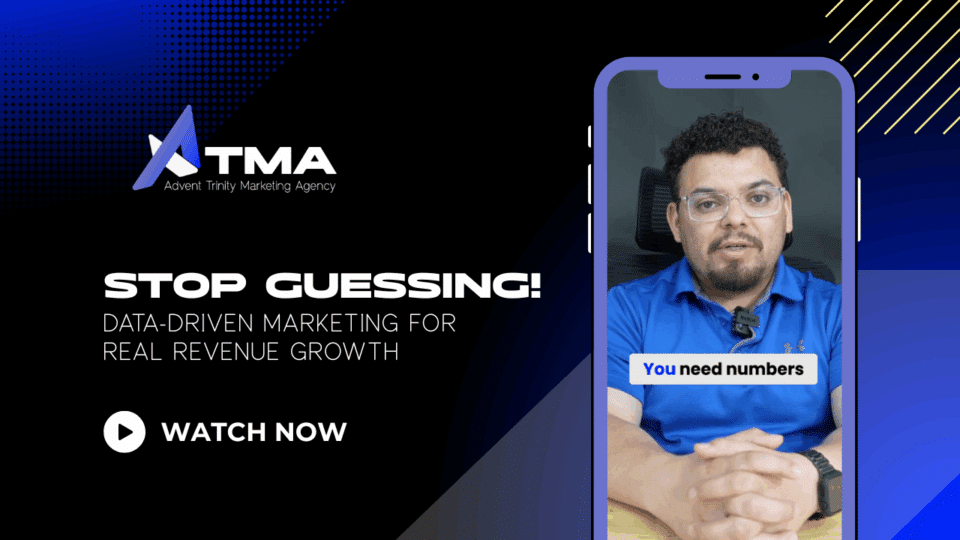
How to Develop a Winning Content Strategy
October 8, 2024
How to Measure Content Success: Metrics That Matter
October 22, 2024Creating high-quality content is essential, but effectively distributing it across various marketing channels is key to maximizing reach and engagement. In this blog, we’ll cover three types of distribution—owned, earned, and paid media—and how to tailor content for social networks, email, and websites. We’ll also touch on the importance of repurposing content and measuring its distribution success.
Understanding Content Distribution Channels
Effective content distribution revolves around three key channels: owned, earned, and paid media.
Owned Media:
- Channels you control (e.g., website, blog, email list).
- Gives control over content and presentation.
- Key to building a loyal audience and aligning with business goals.
Earned Media:
- Comes from others sharing or promoting your content (e.g., social shares, backlinks).
- Encourages reach expansion and boosts brand awareness.
- Relies on creating valuable visual content.
Paid Media:
- Includes paid promotions like social media marketing ads, Google Ads, and sponsored content.
- Quickly increases visibility and targets new audiences.
- Ideal for reaching across multiple social media channels.

Repurposing Content for Different Platforms
Rather than creating new content for every platform, repurpose your existing content to suit each one. This approach saves time and ensures you maintain a consistent message across various marketing channels.
Social Media
Platforms like Facebook, LinkedIn, and Instagram require different content formats. Break down long-form blog posts into shareable snippets, create visual content like infographics from key points, or develop short videos that highlight your message.
Example: Turn a blog post into a series of LinkedIn updates or a Twitter thread. Create an infographic for Instagram summarizing the key takeaways.

Email Marketing
Repurposing content for email allows you to share valuable information directly with your subscribers. Summarize blog posts or case studies and include a CTA to drive traffic back to your website.
Example: Share an excerpt from a recent blog post in your email newsletter with a link to the full post on your website.

Blog Posts
Leverage successful social media posts or email campaigns by expanding them into in-depth blog posts. This gives your content a longer lifespan and strengthens your SEO.
Example: If a social media post gets high engagement, build on it by turning the topic into a comprehensive blog post.

The Role of Paid Advertising in Content Distribution
Paid advertising is an effective way to promote your content to a wider audience. It’s particularly useful for amplifying your reach when you need to target new users or promote time-sensitive content.
Benefits of Paid Media:
- Audience Targeting: Paid ads let you target specific demographics, ensuring your content reaches the most relevant users on different social media channels.
- Boosting Visibility: Paid campaigns quickly increase content visibility, making them great for product launches or promotions.
- Trackable Results: Paid platforms provide detailed analytics to help you measure success and optimize campaigns.

Use paid media to complement your owned and earned efforts, ensuring a balanced and effective content marketing strategy.
Measuring Content Distribution Effectiveness
To ensure your distribution strategy is working, it’s important to track key performance metrics. These insights will help you refine your approach and maximize engagement.
Key Metrics to Track:
- Website Traffic: Monitor how much traffic your content drives to your site.
- Engagement: Measure likes, shares, and comments on social networks to gauge how well your content resonates with your audience.
- Conversions: Track how many leads or sales are generated from your distributed content.
- ROI on Paid Media: For paid campaigns, monitor return on investment to ensure you’re getting value for your budget.

Regularly reviewing these metrics will help you adjust your distribution strategy and improve its effectiveness.
Key Takeaways
- Mastering content distribution involves a strategic approach that combines owned, earned, and paid media to maximize reach.
- Repurposing content for multiple platforms and tracking key metrics helps ensure your content connects with the right audience and boosts engagement.
- Effective distribution, whether through social media marketing, email, or paid ads, is essential for increasing brand awareness and driving content marketing success.
If you’re looking to enhance your content distribution strategy, Advent Trinity is here to help. Contact us today to expand your content’s reach across multiple platforms.




